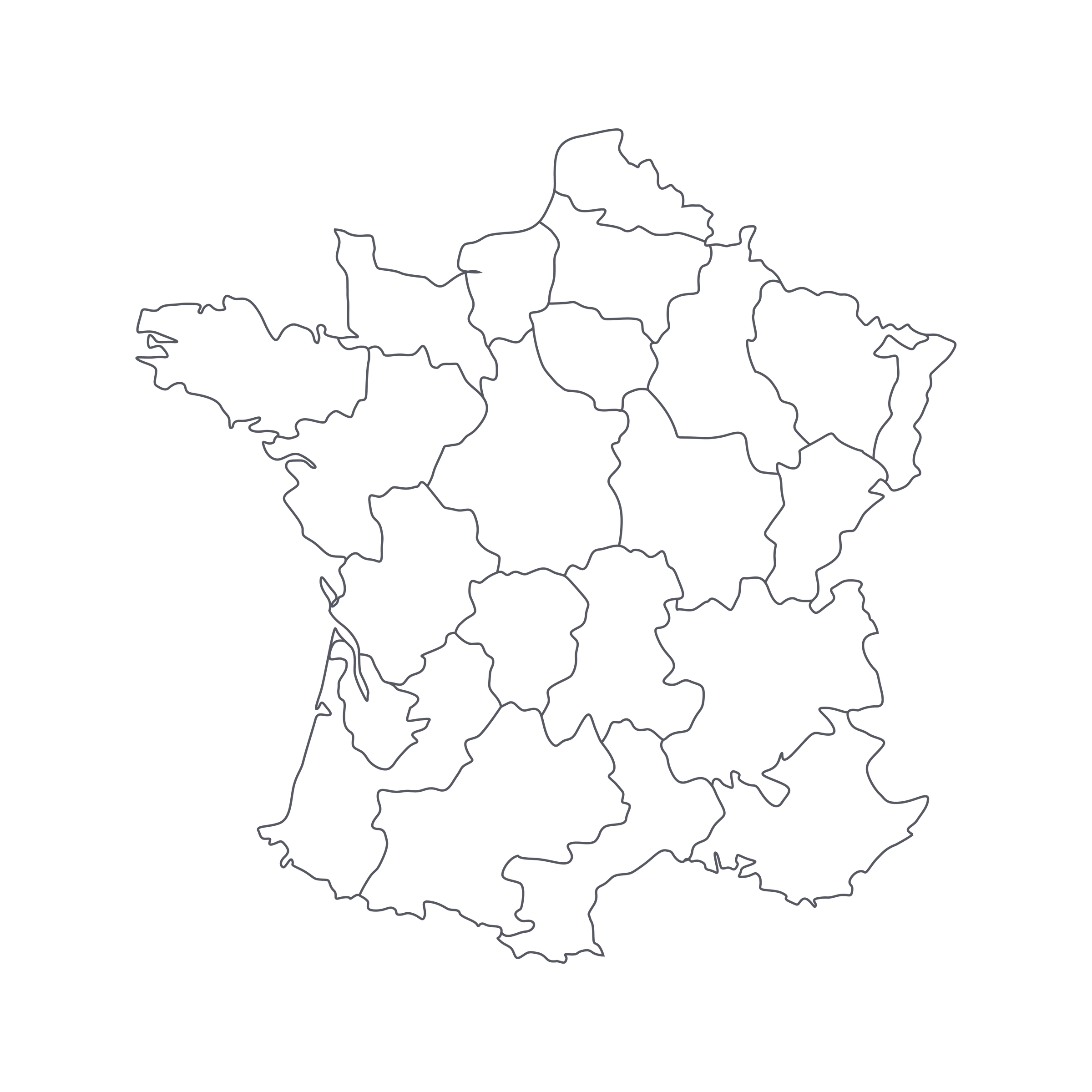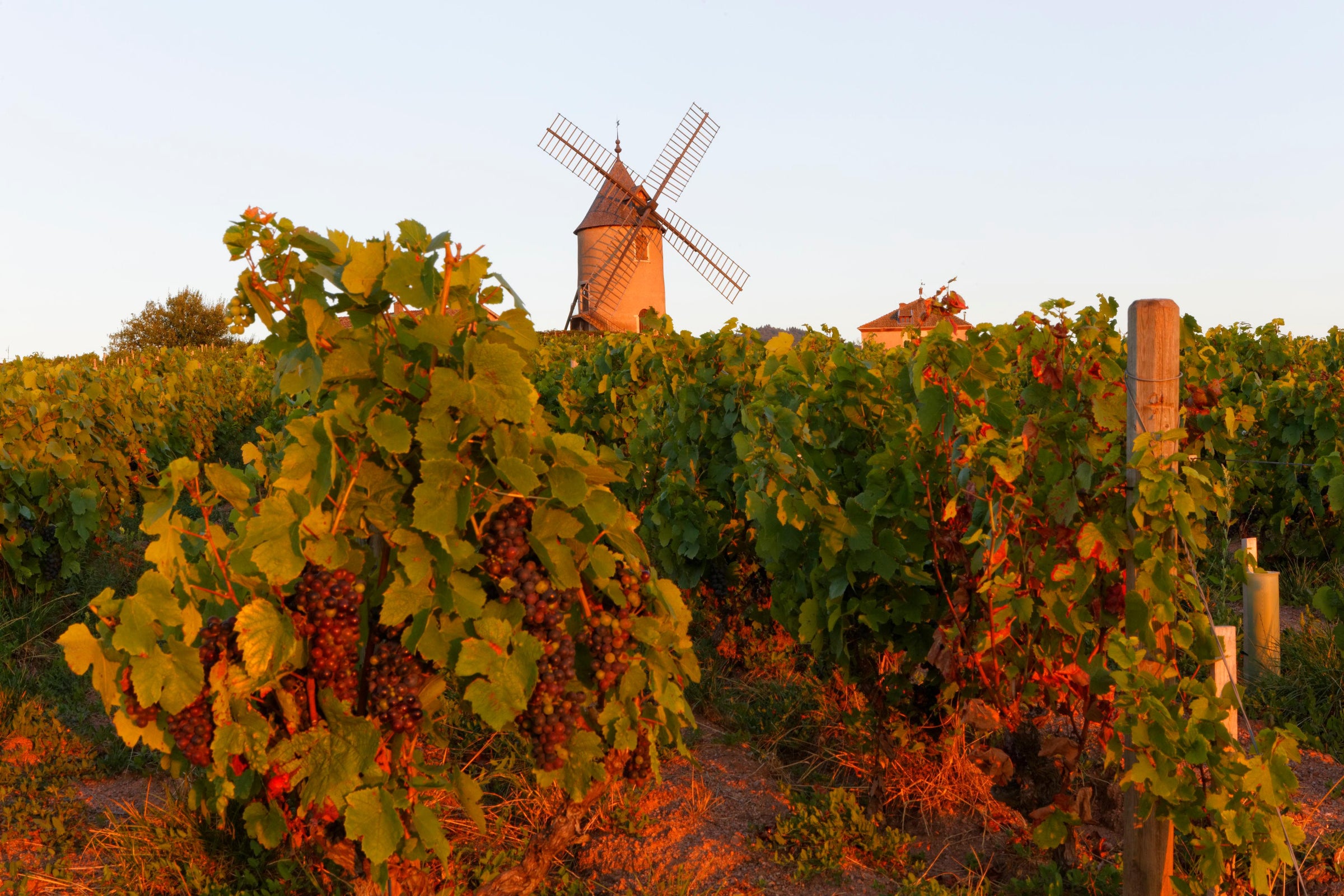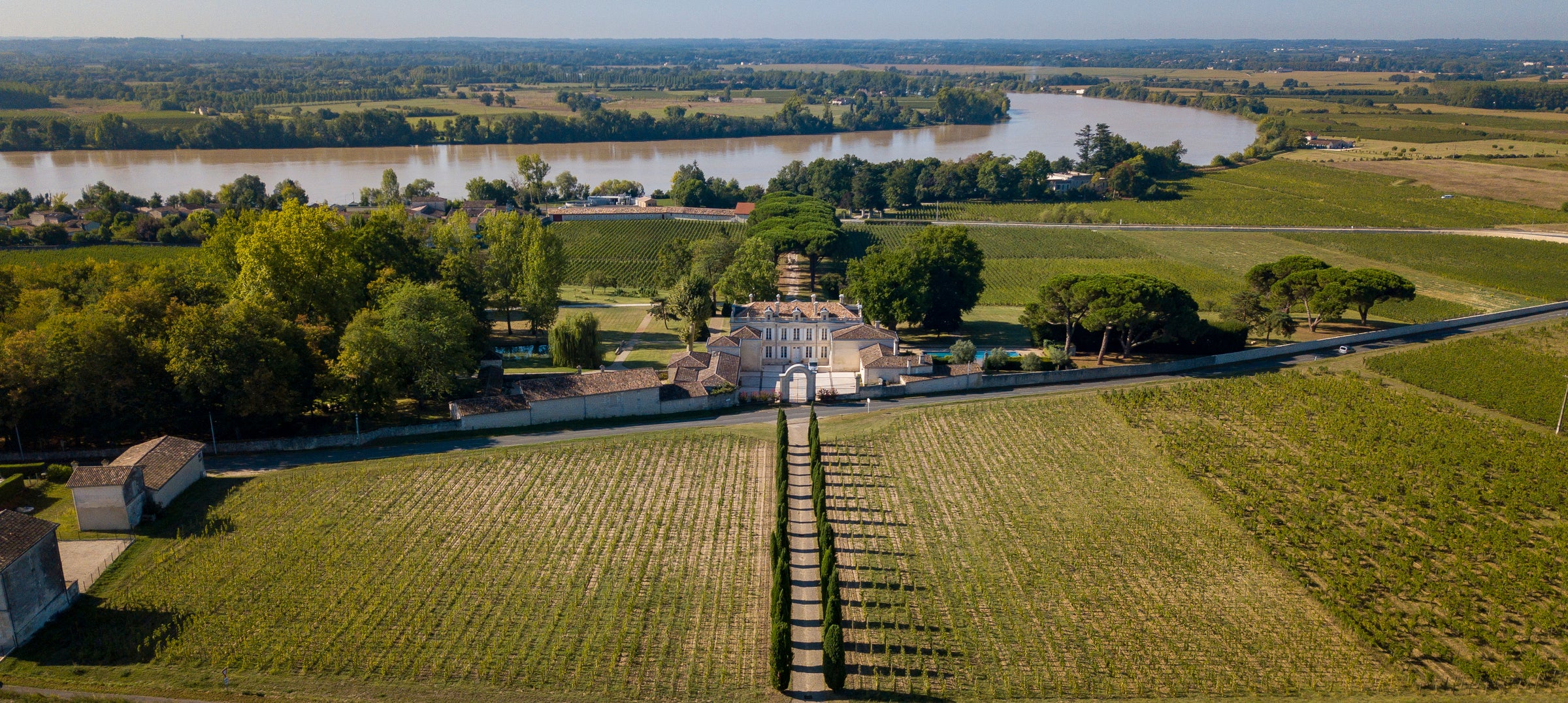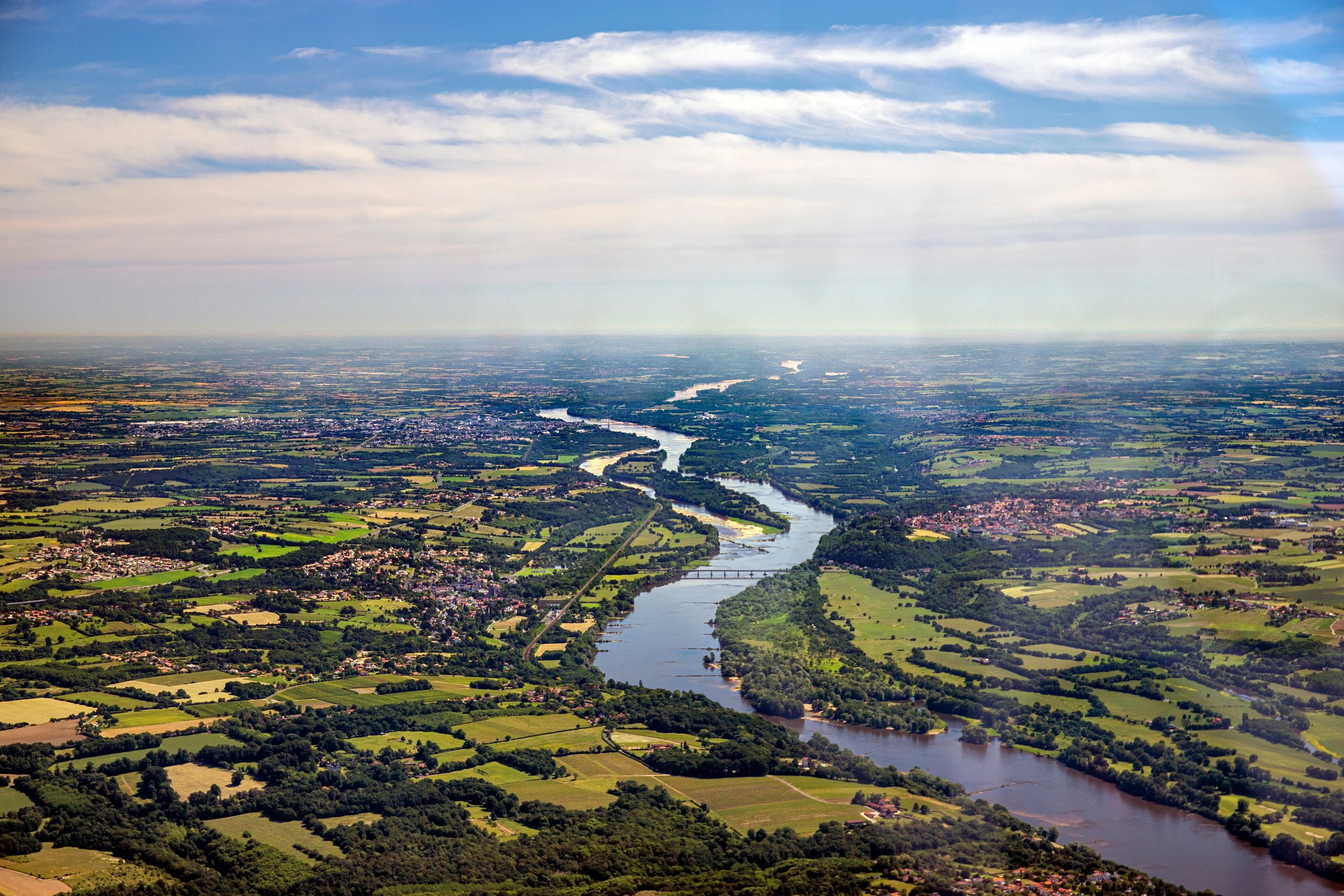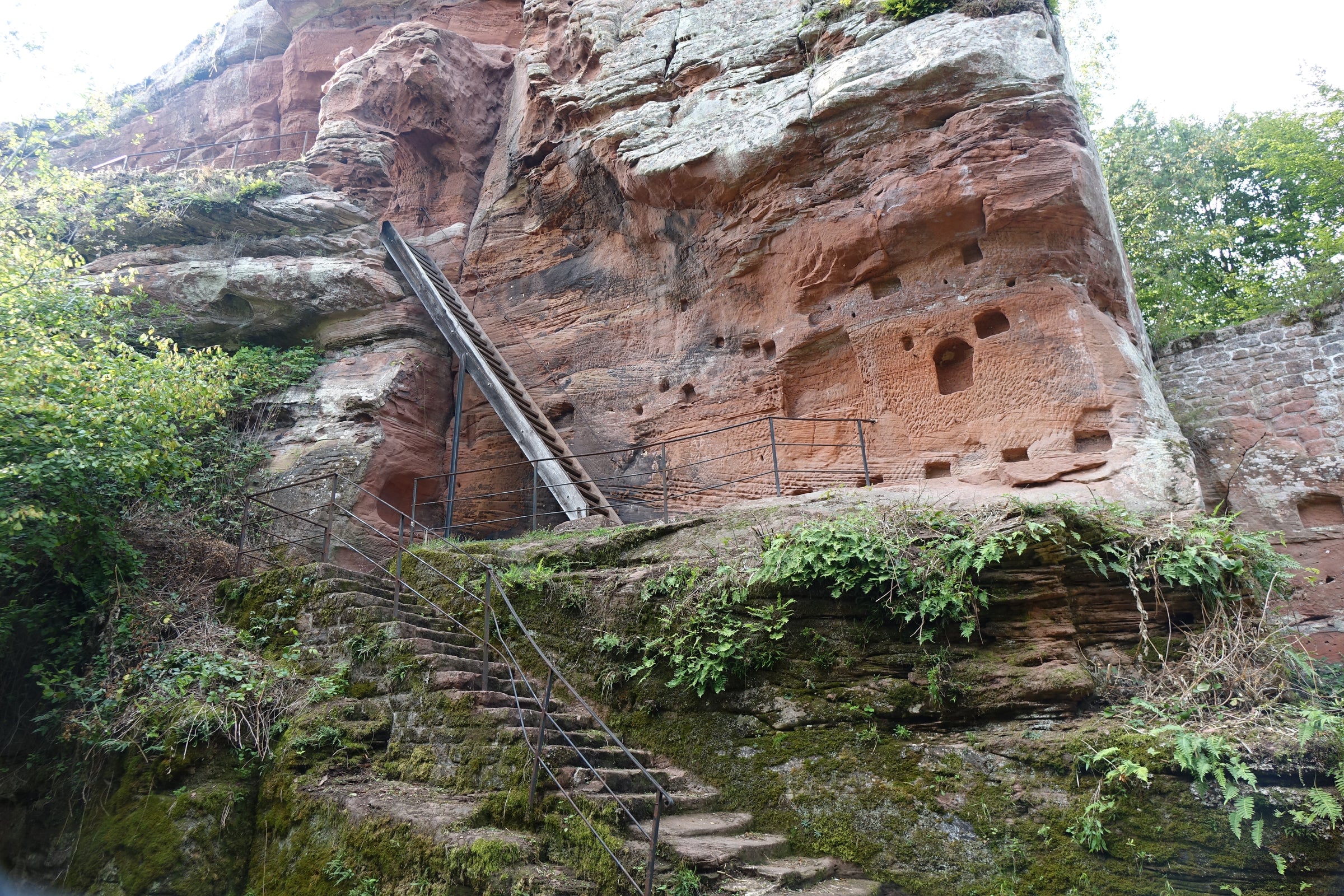Champagne is so much about process—the winemaker starts by making a still wine, or vin clair, then turns it into a sparkling wine via his or her direct intervention, then subjects that sparkler to extended bottle aging on its lees (spent yeast cells), during which the bottles must be gently and regularly manipulated to facilitate the settling of those lees in the neck of the bottle.
Producers speak of ‘raising’ their wines (the French word is élevage) as if they were/are children, and the amount of time it typically takes for a Champagne to wind up on your local store shelf is typically quite significant (longer than most red wines, in fact). All of which leads me to this Champagne from a tiny house called Soutiran, a wine that is nothing short of extraordinary—especially at this price. By law, a Champagne wine must spend a minimum of 15 months aging in bottle before release, with a minimum of 12 months of lees aging required; Soutiran’s “Signature” cuvée, effectively their entry-level non-vintage brut, spends a whopping six years on its lees. And it shows: this is a deeply flavored, richly textured style of Champagne driven by Pinot Noir grown in the Grand Cru village of Ambonnay. Fans of bolder, more ‘vinous’ Champagne styles such as Egly-Ouriet or Paul Déthune will flip for this wine. It is genuinely special—essentially a mature wine at a (low) current-release price. It is a must-try for any Champagne aficionado.
Soutiran farms just 6 hectares of vineyards, most of which are in Ambonnay, arguably the heart of the Montagne de Reims sub-zone of Champagne. The house is not classified as a récoltant-manipulant, or “RM,” because they purchase a very small amount of fruit from other growers, whose vineyards they help manage. Originally founded in 1936, the property is run by Valérie Soutiran and her husband, Patrick Renaux, with what can only be described as exceptional patience: They pride themselves on the extra-long periods of élevage their wines are subjected to, noting that “this long rest in our cellars reveals the structure of the wines, refines the effervescence, and contributes to their complexity.” In addition to extra-long lees aging, the Soutiran cuvées also incorporate a higher-than-average percentage of ‘reserve’ wines from previous vintages—another contributor to the exceptional depth of the wines.
In a way, the Soutiran Champagnes have a lot in common with some of the great Gran Reserva reds of Rioja—rather than release a young wine for you to age, they effectively age the wine for you. This bottling of “Signature” Brut is based on the 2007 harvest, with 30 percent of the blend comprised of ‘reserve’ wines from the two previous years (all non-vintage brut Champagnes are based on a single vintage, with varying percentages—usually much smaller—of reserve wines blended in to create a consistent “house style”). The ‘base’ wines for the “Signature” cuvée were partially fermented in old Burgundy barrels and part in stainless steel tanks, with the final blend comprised of 60% Pinot Noir and 40% Chardonnay. After the secondary fermentation in the bottle, the wine was aged more than six years on its lees, as noted above—when I think about this from a business perspective (i.e. holding onto inventory for such a long time), I find it pretty incredible.
Certainly the first thing you’ll notice about Soutiran’s “Cuvée Signature” is its deep yellow-gold color in the glass and its rather ‘mature’ aromatic profile—ripe yellow apple, yellow cherries, toasted brioche, beeswax, and a touch of white mushroom. It is broad and expressive on the palate, with moderate effervescence and a pronounced ‘vinosity’ that makes it an instant candidate for my table with some food—roast chicken, grilled seafood…bring it on! This is one of those richer Champagnes I’d advise serving around 50-55 degrees in large Burgundy stems to actually blow out some of the sparkle and allow its
wine-ness to shine. There are more than a few kindred qualities to great white Burgundy here and I’d pair accordingly: Serve this with a hearty classic like chicken cordon bleu and revel in the modestly priced decadence of the pairing. Fun times!


